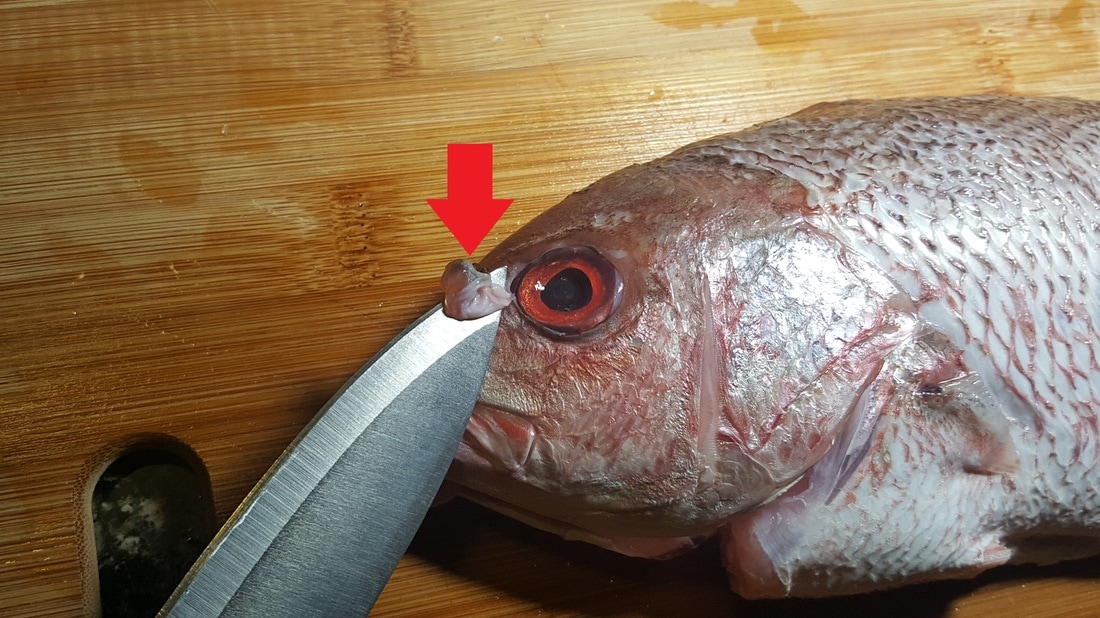


Then, once the tree is built, I can see how traits have changed over time using the branching pattern of the tree as a guide.” Flatfish and relatives Kory Evans holds a 3D printed skull of a jack, a close symmetrical relative of flatfish. And we can use that to figure out who’s more closely related to who. “So, maybe we’ll have a bunch of genomes for all those species. “Typically, the tree is built using genetics,” Evans says. Phylogenetic trees have branches that show where species diverge. One was a phylogenetic comparative method that tracks the evolutionary history of traits between and among species. “It’s like pressing one button and flipping the whole animal all at once.”Įvans, Larouche, and Watson used several methods to piece together the story of flatfish evolution. “If the signaling networks expand to encompass more and more traits, then you can theoretically smear changes all across an entire organism using the same signaling network, and you can change really fast,” he says. He says traits can become more integrated if their morphological development is controlled or influenced by shared gene interaction networks. So if you change one trait, you might end up changing several others.” “At macroevolutionary timescales, this gets really interesting, because traits then begin to co-evolve with one another. “Integration is where there’s a high degree of correlation between traits, such that if you change one trait, another trait will be changed as well,” Evans says. In their study, Evans and coauthors Olivier Larouche of Rice and Sara-Jane Watson of the New Mexico Institute of Mining and Technology found that tight integration of genetic traits in flatfish led to a sort of evolutionary cascade. So there’s a really brief and short period of time when they evolved all these new forms and all these crazy species.” Traits in flux “And look how much time has passed since then.

“We got all that novel colonization of morphospace in 3 million years’ time,” Evans says. They started evolving their current shape, or morphology, about 65 million years ago, and within 3 million years, they’d largely finished. In evolutionary terms, flatfish asymmetry isn’t just a novelty, it’s an innovation, and a trait that sets flatfish far apart from even their closest relatives.Įvans says flatfish evolution is particularly interesting because they began as typical, symmetrical fish. “Perspective helps for understanding how weird these animals actually are.” And there are 800 species of these fish that just do that. “Like, say you’re out walking and you see a squirrel, and one eye is here and the other is there,” he says, pointing to two places on the same side of his face. Evans, the corresponding author of a study on flatfish evolution in the Proceedings of the National Academy of Sciences, says it helps to keep that in perspective. Of all mammals, reptiles, birds, amphibians and fish, flatfish are easily the most asymmetric. “Flatfishes are some of the weirdest vertebrates on the planet, and they got weird very, very fast by changing multiple traits at once over a short period of time,” says Kory Evans, an assistant professor of biosciences at Rice University who specializes in studying the evolution of fish over long timescales. If you’ve ever looked at a flatfish like a flounder or sole and wondered why both its eyes are on one side of its head, new research has your answer.


 0 kommentar(er)
0 kommentar(er)
